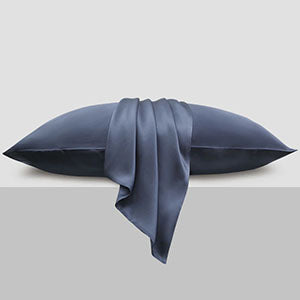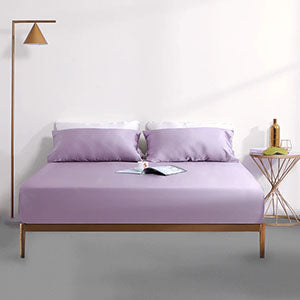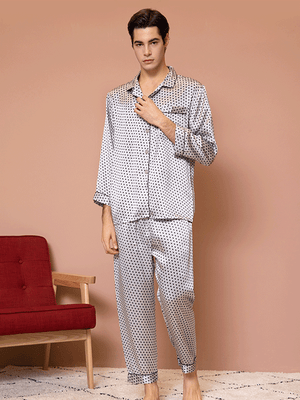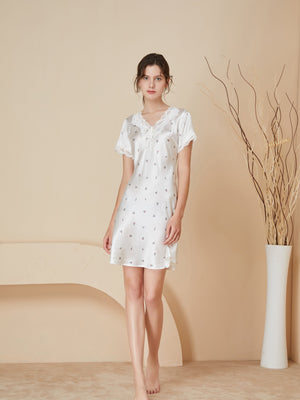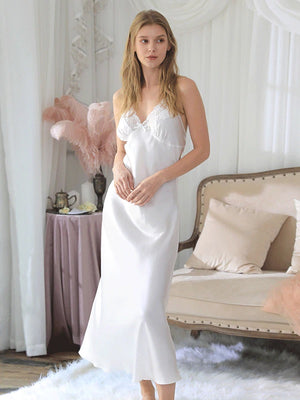Silk Block Print Fabric: A Timeless Artistry Weaving Tradition and Modernity
- by wangfred
-

Imagine running your fingers over a piece of fabric so delicate yet vibrant that it feels like touching a fragment of history. Silk block print fabric, with its intricate patterns and luxurious texture, is more than just a textile—it’s a testament to centuries of artistry and cultural evolution. From royal courts to modern runways, this fabric has woven its way into the tapestry of human creativity, offering a timeless blend of elegance and storytelling.
The Historical Roots of Silk Block Printing
The origins of silk block print fabric can be traced back to ancient civilizations where textiles were not merely functional but symbolic of status and identity. Historical records suggest that block printing on silk emerged independently in regions like India, China, and Japan, each developing distinct styles influenced by local traditions. In India, for instance, the craft flourished under Mughal patronage, with artisans using natural dyes and hand-carved wooden blocks to create elaborate motifs inspired by nature and mythology.
The Craftsmanship Behind the Art
Creating silk block print fabric is a labor-intensive process that demands precision, patience, and a deep understanding of materials. It begins with selecting the finest silk, prized for its smooth surface and ability to hold dyes. Artisans then carve intricate designs onto wooden blocks, a skill passed down through generations. Each block is dipped into natural dyes made from plants, minerals, or insects, and carefully pressed onto the fabric. The alignment of patterns requires meticulous attention, as even a slight shift can disrupt the harmony of the design.
Cultural Significance and Symbolism
Every motif in silk block print fabric carries meaning, often rooted in cultural or spiritual beliefs. Floral patterns, such as lotuses or peonies, symbolize purity and prosperity, while geometric shapes might represent unity or the cycles of nature. In many cultures, these textiles are reserved for ceremonial occasions, weddings, or religious rituals, underscoring their role as carriers of heritage. The interplay of colors also holds significance—indigo for wisdom, crimson for passion, and gold for divinity.
Modern Adaptations and Sustainable Practices
Today, silk block print fabric is experiencing a renaissance as designers and consumers alike seek sustainable alternatives to mass-produced textiles. Artisans are blending traditional techniques with contemporary aesthetics, creating pieces that appeal to global markets. Eco-friendly practices, such as using organic dyes and recycled water, are revitalizing the craft while addressing environmental concerns. Collaborations between local weavers and international designers are also fostering innovation, ensuring the art form remains relevant in a fast-paced world.
Challenges in Preserving the Craft
Despite its enduring appeal, silk block printing faces challenges from mechanization and shifting consumer preferences. Younger generations often gravitate toward urban careers, leaving fewer artisans to sustain the tradition. Additionally, the rise of digital printing threatens the demand for handmade textiles. However, initiatives aimed at fair trade, artisan empowerment, and digital storytelling are helping to bridge these gaps, ensuring that the knowledge and skills behind this craft are preserved.
The Future of Silk Block Print Fabric
As the world rediscovers the value of slow fashion and artisanal craftsmanship, silk block print fabric is poised to reclaim its place in the spotlight. Innovations in design, coupled with a growing appreciation for cultural authenticity, are opening new avenues for this ancient art. Whether adorning haute couture gowns or minimalist home decor, the fabric continues to captivate with its ability to merge tradition and modernity.
In a world saturated with fleeting trends, silk block print fabric stands as a reminder of the beauty that emerges when human hands and heritage converge. Its journey from ancient looms to today’s creative studios invites us to cherish not just the fabric itself, but the stories and souls woven into every thread.
